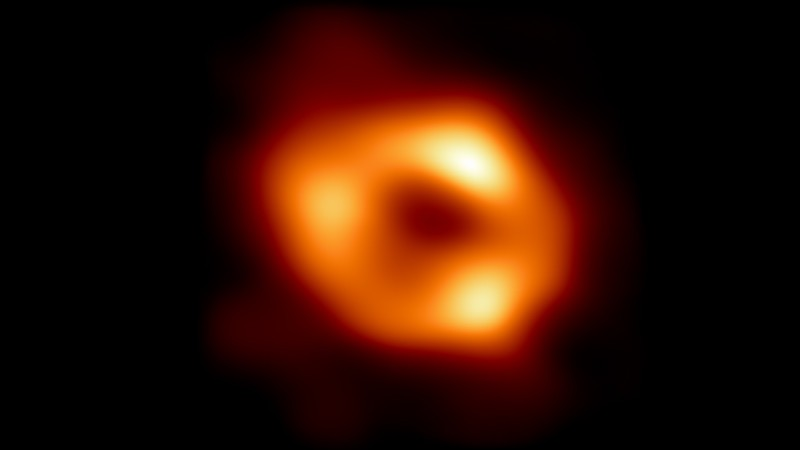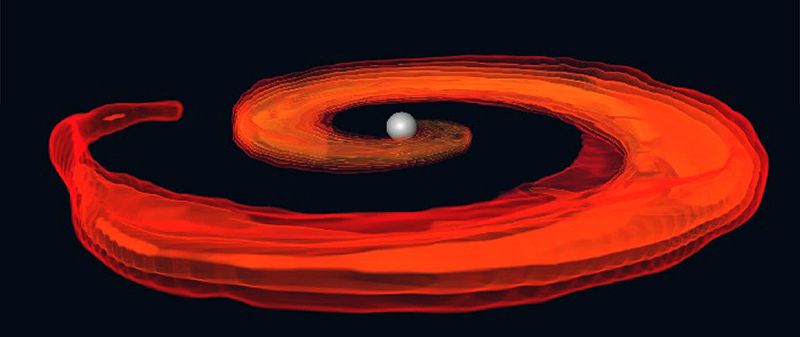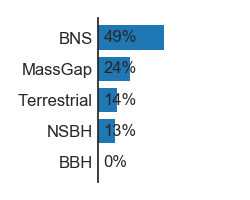
Journalist covering physics, astronomy, math, and technology news @Nature
How to get URL link on X (Twitter) App




 The immediate response of many astrophysicists was surprise: the rotation of Sagittarius A* (or at least of the matter falling into it) seems to be unrelated to that of the galaxy — which se see 'edge on' because we're in it — and closer to being 'face on' [...]
The immediate response of many astrophysicists was surprise: the rotation of Sagittarius A* (or at least of the matter falling into it) seems to be unrelated to that of the galaxy — which se see 'edge on' because we're in it — and closer to being 'face on' [...]

 The Stern-Gerlach experiment was not the first evidence for spin: that title probably belongs to Thomas Preston’s observation of the anomalous Zeeman effect in spectroscopy, in 1898.
The Stern-Gerlach experiment was not the first evidence for spin: that title probably belongs to Thomas Preston’s observation of the anomalous Zeeman effect in spectroscopy, in 1898. 

 After all, @LIGO and @ego_virgo’s own estimate said it only had a 13% chance to be that type of event.
After all, @LIGO and @ego_virgo’s own estimate said it only had a 13% chance to be that type of event. 